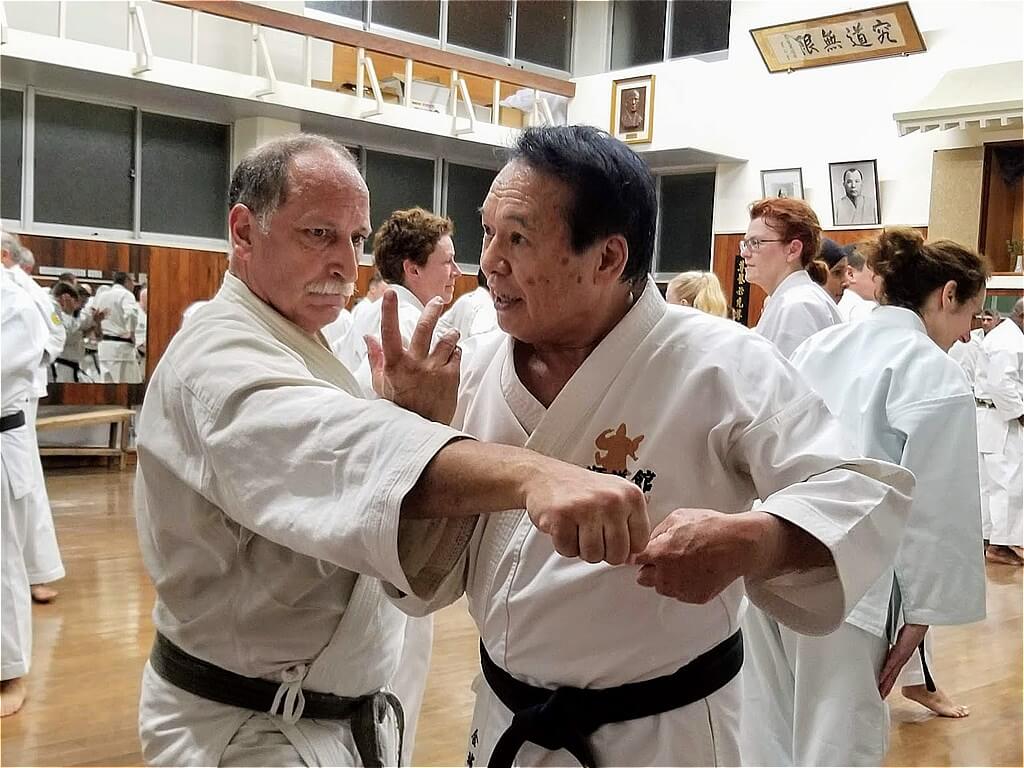
Goju-ryu (剛柔流) is one of the main traditional styles of Okinawan Karate, featuring a combination of hard and soft techniques. Kanryo Higaonna was known as the highest authority of Naha Te. He and his successor Chojun Miyagi made several basics. ‘Go’ meaning hard, refers to closed hand techniques or straight linear attacks. ‘Ju’ meaning soft, refers to open hand techniques and circular movements. Goju-ryu incorporates both circular and linear movements into its basic method, combining hard striking attacks such as kicks and close hand punches with softer open hand circular techniques for attacking, blocking, and controlling the opponent, including locks, grappling, takedowns, and throws. Breathing method is also very important.
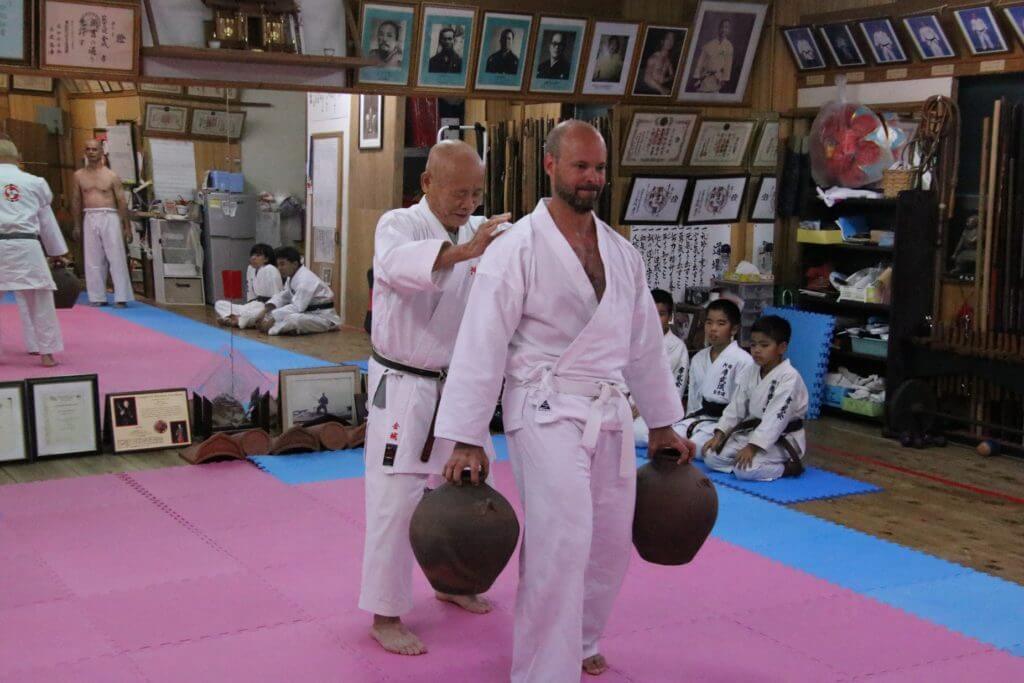
Uechi-ryu (上地流) is a traditional style of Okinawan karate. Uechi-ryu means “Style of Uechi”. Originally called Pangai-noon, which translates to English as “half-hard, half-soft”, the style was renamed Uechi-ryu after the founder of the style, Kanbun Uechi. Uechi-ryu’s connection with Chinese Shorin-ken means the former shares a similar foundation with Naha-Te despite their separate development. Therefore Uechi-ryu is also heavily influenced by the kung fu from the Fujian province. Uechi-ryu training styles are focused only on Sanchin training and body conditioning.
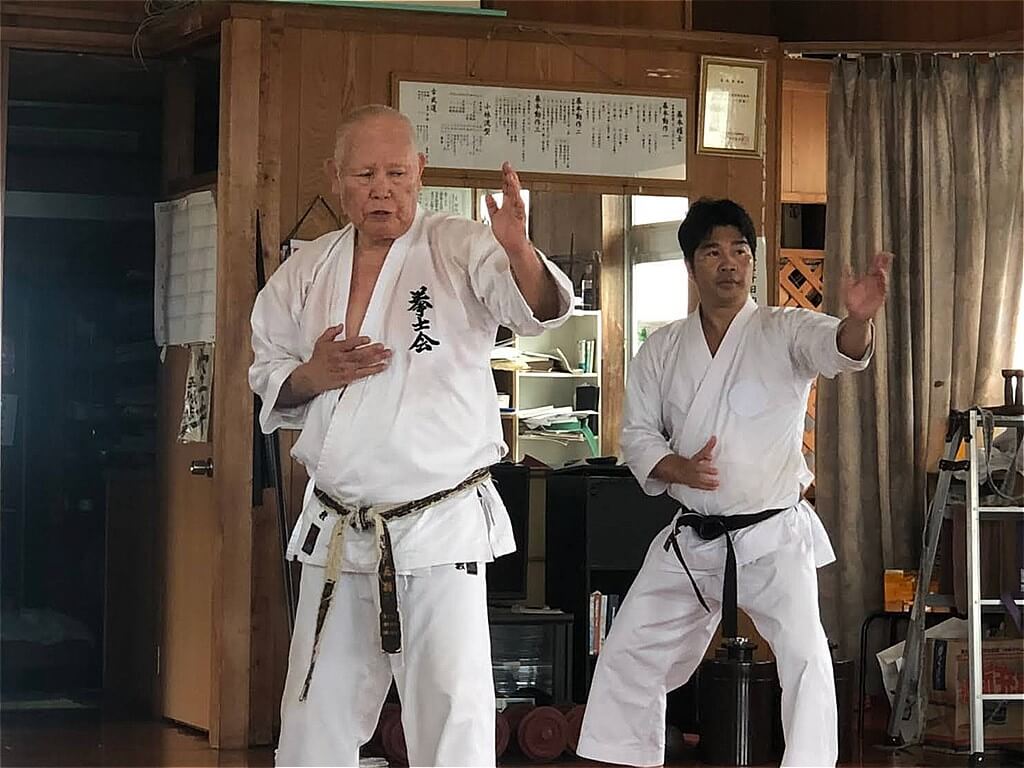
Shorin (小林) -Ryu is one of the major modern Okinawa styles of karate and one of the oldest styles. It was named Shorin-ryu in 1933 by Choshin Chibana, a top student of the great master of Shuri-te, Anko Itosu. The system itself however is much older. The 2 characters in Shorin (小林), meaning “small” and “forest”respectively, are also used in the Chinese and Japanese words for Shaolin Kung Fu. Shorin-Ryu adjusts elements of the traditional fighting styles of Shuri-Te. Shorin ryu karate combines swift, fast techniques based on the strategy of evasion and at the same time attacking to sensitive points of the body with hits.
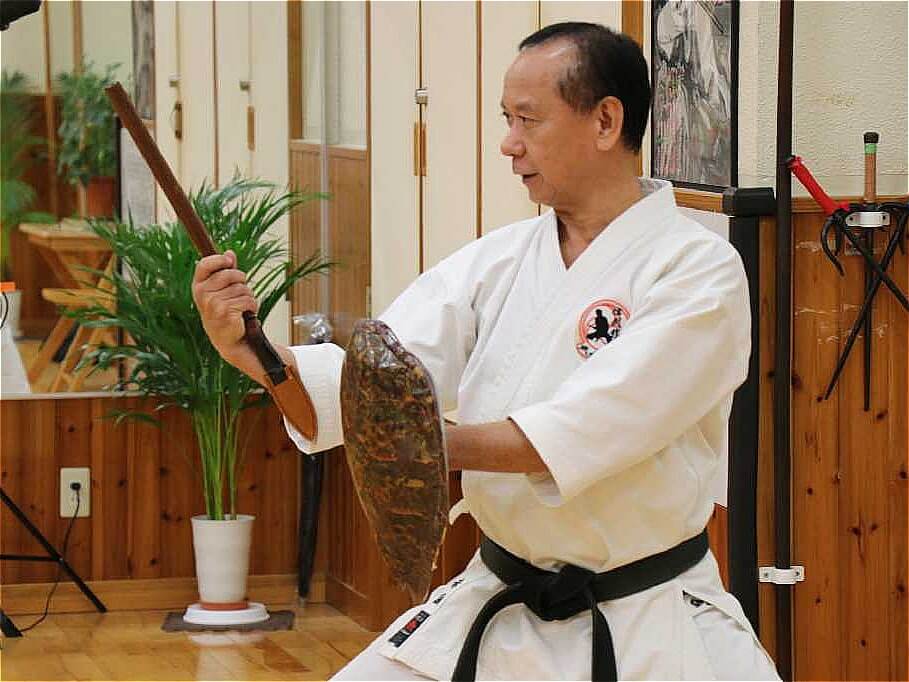
Kobudo is an ancient Okinawan martial art using weapons. In Okinawa, it is said that Okinawan Karate and Kobudo are like two wheels on a wheel, and that one can only deepen and improve one's skills by learning both Karate and Kobudo, not one or the other. Typical weapons include the bo, sai, nunchaku, tonfa, tekko, kama, tinbei, and eiku, and each weapon has its own kata and techniques (waza).
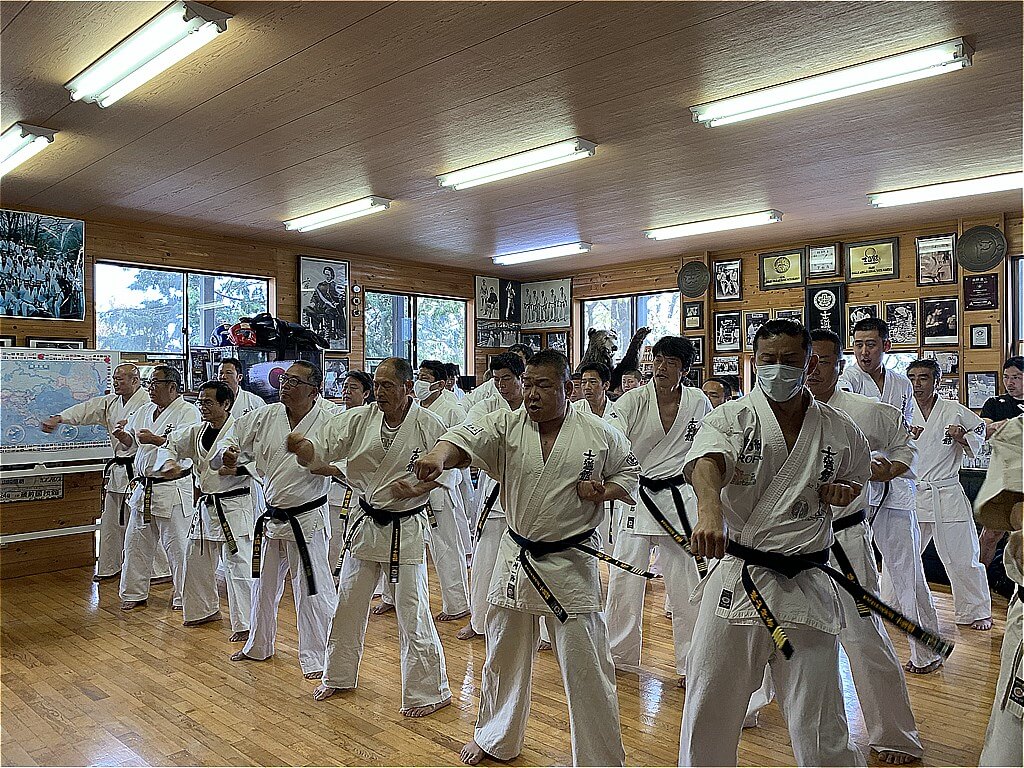
Full Contact Karate is the general term for karate schools and organizations that use a direct striking system (=full-contact) in their rules and practice regimes. Full Contact Karate is characterized by the intense physical exertion of striking opponents directly, an emphasis on physical strength, and a focus on close-range offense and defense. It was popularized by Masutatsu Oyama, the founder of Kyokushin Karate.

Mainland Karate was introduced to all of Japan from Okinawa in the 1920s and spread to the rest of the world after World War II. There are many styles of Mainland karate, but four of them, Shotokan-ryu, Goju-ryu, Shito-ryu, and Wado-ryu, are called the "Four Major Styles" and represent the styles of Mainland Karate. The styles are characterized by practices and matches based on traditional techniques, and the matches can be broadly divided into 'Kata demonstrations and 'Kumite. Kumite doesn't allow for head hits with punches or kicks stopping closely in front of the face, but there are groups that wear protective gear.

Besides Karate, we also offer contents of other Martial Arts, Zazen, and more.